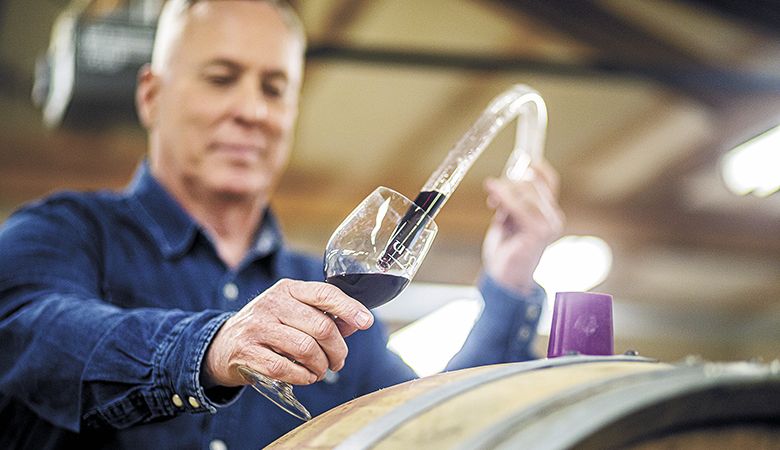The Bigger Picture
Why professional photos are so important
By Carl Giavanti
Professional photography can be expensive — anywhere from a few hundred to a few thousand dollars — which explains why a client of mine recently balked at the suggestion he hire a professional photographer and build a multi-purpose photo gallery. “iPhone photos are good quality. Why can’t we just use those? Are photos so important? Do people really care?”
Yes, photos are important, and people do care.
Image-based marketing is essential as consumers are reading less. Photos with captions and Instagram posts have replaced winery blogs. Newsletters with real winery news become fast facts, images of recent events and wine promos.
When working with the media, know that writers prefer to focus on their written interviews and appreciate knowing the winery has invested in high-resolution photography, as their editors typically require photos with proper attribution. Most online publications don’t have photographers on staff and often rely on writers to take or source photos, while print publications will request high-res large-file size images to accompany articles.
I talked to Jason Kaplan of Jason E. Kaplan Photography about the importance of high-resolution quality photography for wineries. “Wineries can build their brands through storytelling. Images are so important to creating narratives that create an emotional connection to the business. This could be especially true for properties that host events. Even for ones that don’t, people like the opportunity to look behind the curtain and see how things are actually done,” Kaplan said.
I also wanted perspective from a designer and developer, so I asked Shery Rice of Greenhouse for comments. “Consumers don’t always recognize when they are seeing a great photograph. But they know instinctively when they are seeing a bad one — they cannot personally connect with the image and are not inspired to further interaction. The production value of your photography makes a subliminal statement to consumers about how you value your own offerings and leads them to the next unconscious steps in assessing whether or not to pursue your brand further.”
For the reasons stated above, I suggest the following: 1) Photos should be originally high-resolution and then formatted for print, website and social media. 2) Create a photo gallery on the website for consumers as well as trade and media — Dropbox is a great tool for sharing photos with the latter. 3) Assign someone to curate a photo library, from which marketing can source images (owned media) for email newsletters, social media posts, event listings, advertising, print collateral and the list goes on. 4) Have access to original files for print collateral such as logos and labels. 5) Hire a photographer to create bottle shots with a transparent background, asking if the dates can be edited in Photoshop — this makes bottle images reusable — “evergreen” photography is good.
It’s also important to acquire the rights to your own photos. This is something you need to discuss and would happen solely for paid engagements. It’s less likely a professional photographer will allow you rights if they are doing a pro-bono shoot or trading their time for wine. It is also much safer to own your own image media than to use other people’s social media post images, even though they exist in the public domain.










